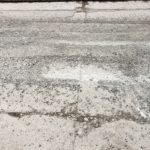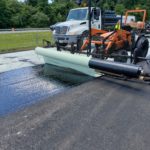Company:
Propex
Project Details
Fabric 1
PETROMAT Enviro
Producer/Manufacturer:
Propex Geosynthetics
Primary Use:
Main Fabric
Engineer Company 1
Indiana DOT
Fabrication Company
Propex
Installation Company
Road Fabrics
Please describe the project specifications
A section of Interstate 65 near Indianapolis, IN required resurfacing due to cracking from heavy traffic loading. The roadway included asphalt concrete layers over an underlying jointed concrete pavement. The project engineers originally considered a mill and fill operation to replace the deteriorated pavement with new asphalt concrete. Recognizing that using traditional replacement methods would yield short-term results, Indiana DOT (INDOT) looked for an option that would extend the lifetime performance of the road. INDOT selected PETROMAT® Enviro™, a fully millable and recyclable AASHTO M288 Type II paving fabric interlayer containing no fiberglass.
Existing pavement conditions indicated that reflective cracking was allowing surface water to infiltrate the pavement. Moisture within pavement layers is the root cause of most pavement deterioration and premature failure. Without an effective moisture barrier, water filters through the pavement into the aggregate and subgrade, weakening the pavement foundation layers. Moisture perpetuates the instability of the underlying concrete slabs and reflective cracking. To create a moisture barrier, INDOT’s contractor applied a uniform asphalt cement tack coat of 0.25 gallon/sq. yd. (0.9 liter/sq. m.) onto the recently placed three inch intermediate course. Next, PETROMAT Enviro was immediately installed onto the warm tack coat, and finally the 2.0 inches (50mm) of asphalt concrete surface course was laid over the fabric. When the surface layer of asphalt concrete is placed, its heat and compaction pressure reactivates the tack coat. This draws the tack coat up to saturate the paving fabric and to bond to the overlay, creating an effective pavement moisture barrier.
Another challenge was the potential for reflective cracking where movement, associated with the underlying jointed concrete pavement, would typically reflect quickly to the surface of the new overlay. Stress absorption, or attenuation, is a key function of paving fabric interlayers. Traffic loading causes slight differential movement at the old concrete joints, which is absorbed by the PETROMAT Enviro interlayer to retard the development of reflective cracking. The thickness of an interlayer will determine how well cracks and joints in the pavement are mitigated.
The thicker the interlayer, the more crack-inducing stresses are attenuated. When saturated with asphalt tack coat, PETROMAT Enviro is two to three times thicker than fiberglass-based interlayers, enabling resistance to reflective cracking comparable to an additional 1.5 inches of overlay thickness. The fabric interlayer typically will double the life of a comparable overly thickness without the interlayer. INDOT is monitoring control sections. In an application like I-65 that has been subjected to high-stress levels and reflective cracking due to underlying PCC pavement joints and high thermal stresses, the selection of the needle-punched nonwoven was appropriate because the asphalt saturated interlayer will stretch to span future cracking which will maintain the integrity of the moisture barrier.
What is unique or complex about the project?
A final design consideration of the project was planning for future milling and recycling of the pavement. Because the placement of the geosynthetic interlayer was shallow, it is within the depth of pavement, which INDOT may wish to mill and recycle in the future. Traditional paving fabric has been known clog and even shut down, the machines used for milling and for processing the reclaimed asphalt pavement (RAP) during the recycling process. This loss of efficiency is the reason some recyclers have started charging a premium for processing RAP with traditional paving fabric, and others have refused to process it all together. PETROMAT Enviro was developed to easily mill into small pieces that can move through processing and recycling equipment without clogging or slowing efficiencies. In field trials, 99% of Petromat Enviro pieces passed the three-quarter inch sieve and had no clogging of the scalping screen.
Another key benefit is how reclaimed asphalt pavement (RAP) containing Enviro performs when recycled into new asphalt concrete. Testing performed by the National Center for Asphalt Technology (NACT) found that the performance of the asphalt pavement improves when adding RAP containing milled Enviro. Over time, asphalt concrete containing RAP with fiberglass is more susceptible to stripping. Testing of new asphalt concrete containing 30 percent Enviro RAP had no stripping after 20,000 cycles. Per NCAT guidance, mix performance testing included AASHTO T283, AASHTO T324, and the Illinois Flexibility Index Testing (IFIT).
INDOT installed nearly 200,000 square yards of PETROMAT Enviro on both the north and southbound lanes of I-65. The paving interlayer installed quickly and with ease, providing an unmatched moisture barrier that should double the life of the asphalt concrete overlay. INDOT was so pleased with the installation and performance of PETROMAT Enviro that it has continued to use the paving interlayer for additional resurfacing projects, including Interstate 70 that is breaking ground in June 2021.
Content is submitted by the participant. IFAI is not responsible for the content descriptions of the IAA award winners.
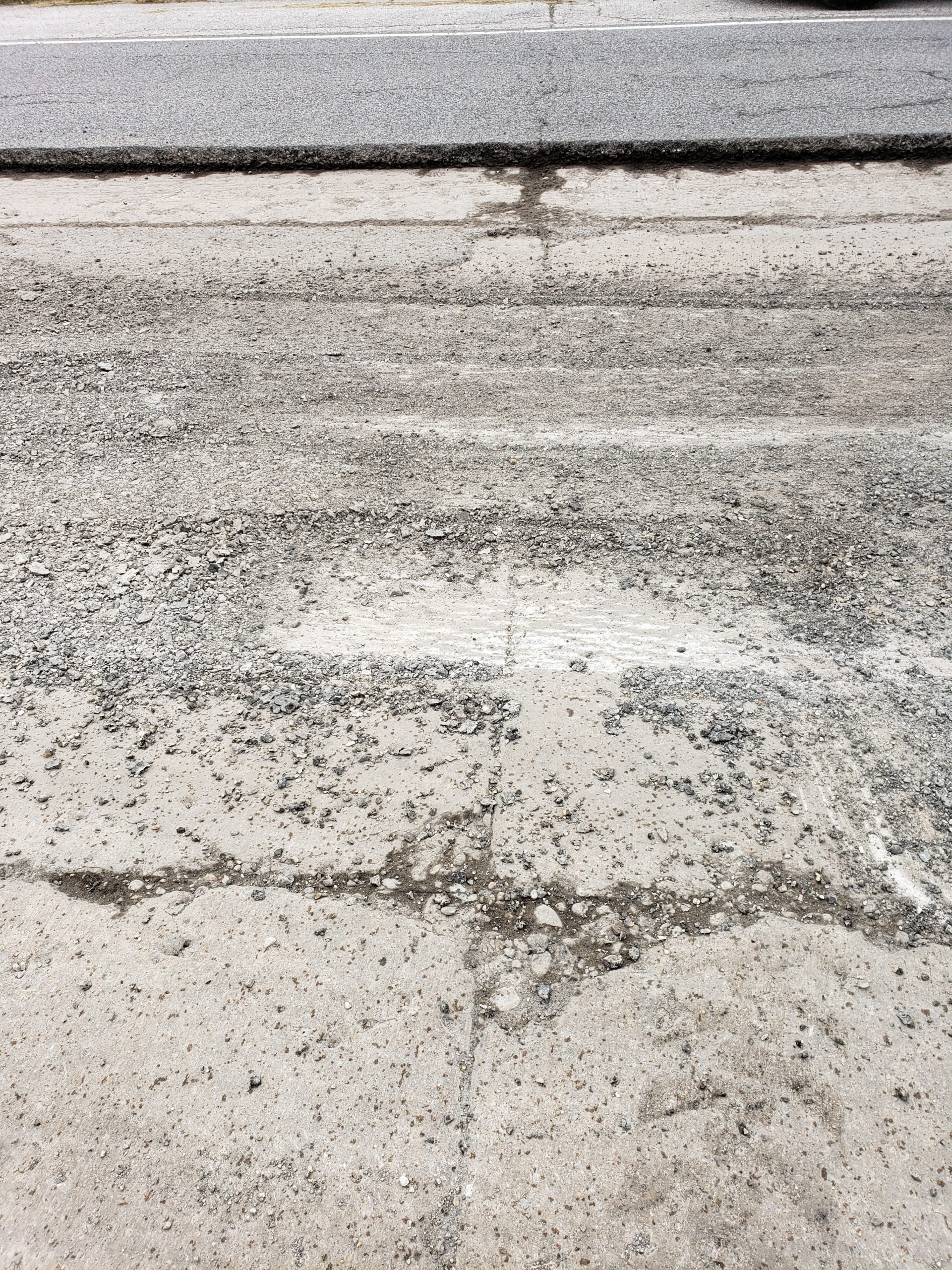
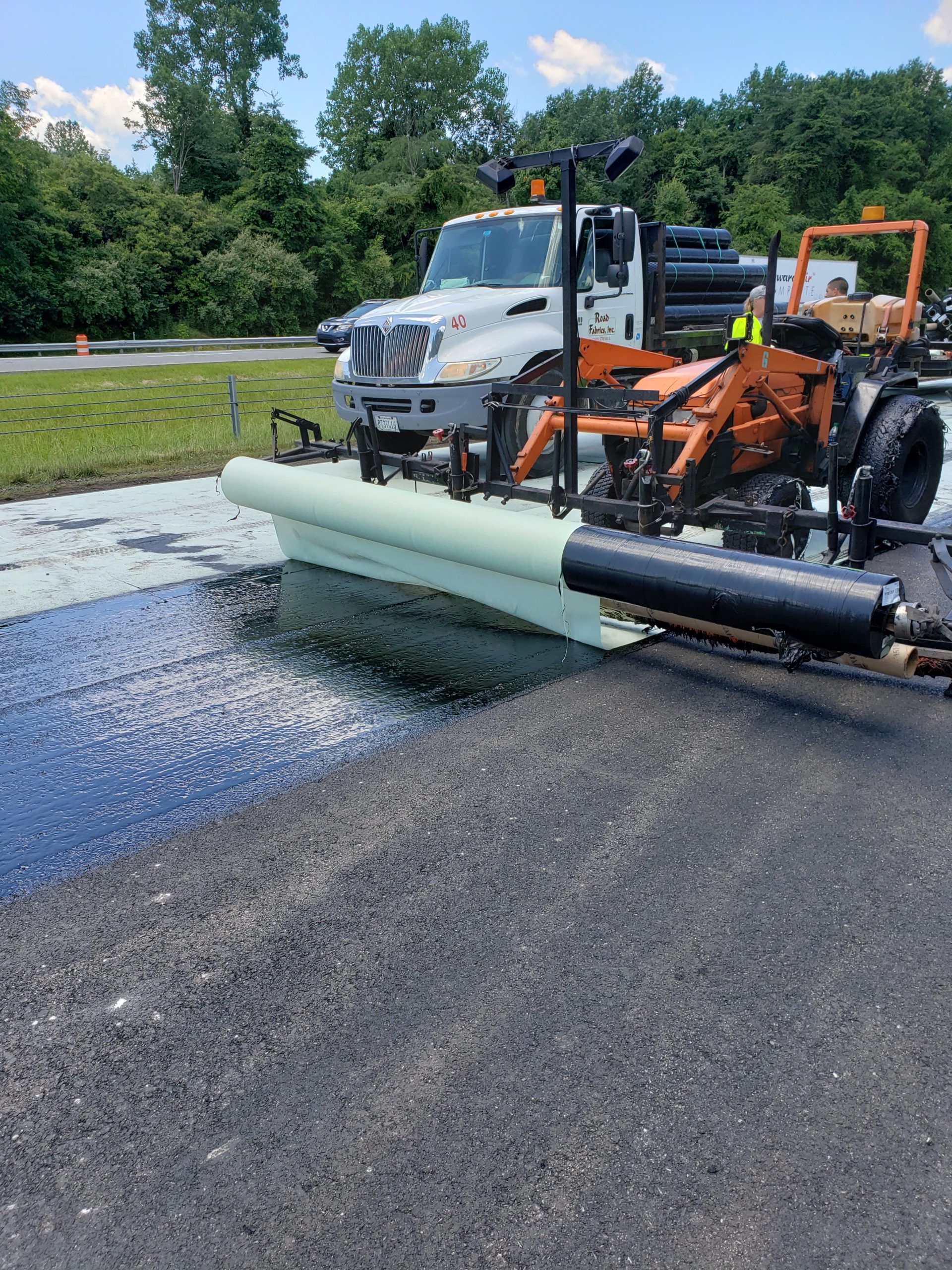

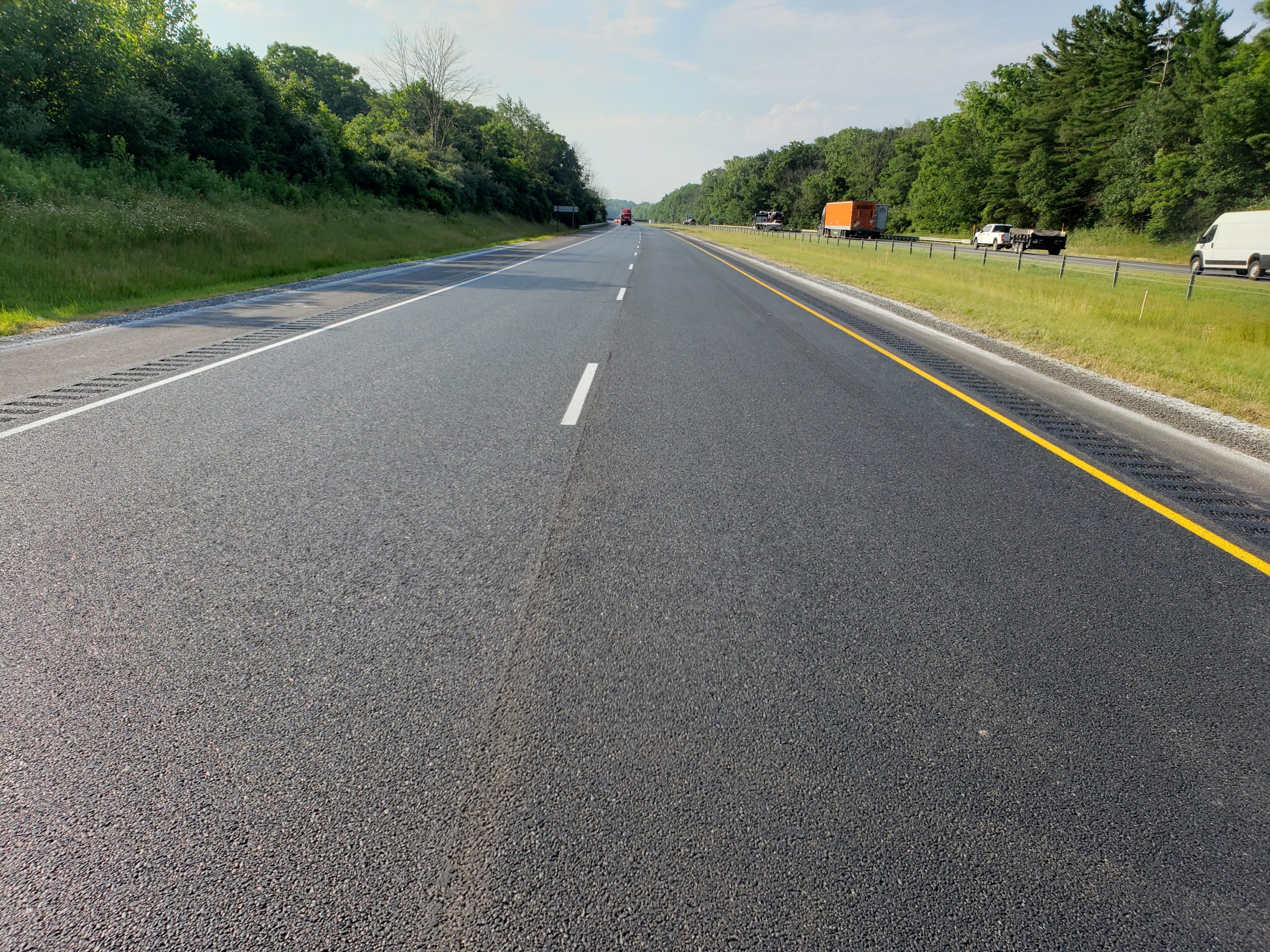
 TEXTILES.ORG
TEXTILES.ORG



